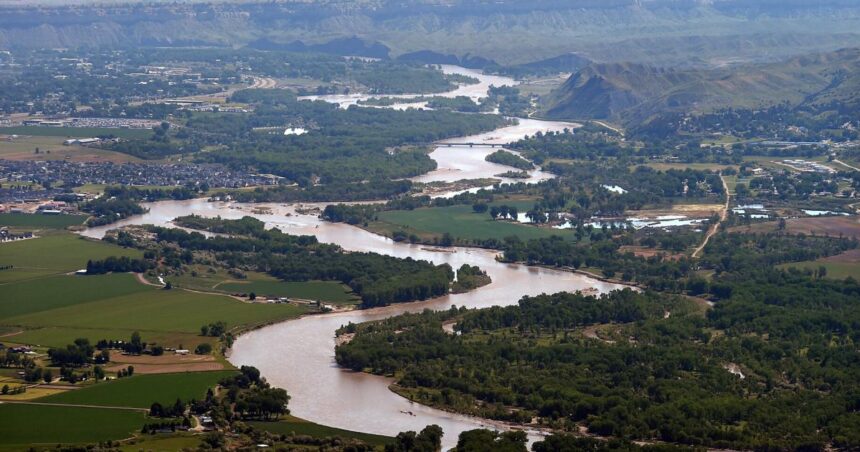With runoff swelling the Yellowstone River, the U.S. Army Corps of Engineers has decided to delay the next round of increased flows from Fort Peck Dam for scheduled pallid sturgeon flow tests in the Missouri River.
The second peak from Fort Peck Dam was initially scheduled to begin June 13 but will be delayed until at least June 17.
“A stop protocol is in place should the Williston, North Dakota, gage on the Missouri River be forecast to reach 22 feet,” said John Remus, chief of the Missouri River Water Management Division for the Northwestern Division, U.S. Army Corps of Engineers, in a press release.
The National Weather Service has forecast increased flows on the Yellowstone River to reach the Missouri River at the Williston gage. The Williston gage is forecast to reach minor flood stage of 22.6 feet on Saturday, June 15.
People are also reading…
“We will delay the second increased release for the Fort Peck flow test to at least until June 17, at which time we will re-evaluate the river conditions,” Remus said. “This should allow river stages at Williston to decline and the second peak to come in behind the higher flows from the Yellowstone River.”
As of Tuesday, the Yellowstone was running at 42,300 cubic feet per second. The median flow for June 11 over the past 111 years has been 37,800 cfs. The river has climbed steeply and steadily since Friday, June 7, as warm temperatures, rain and mountain snowmelt have fed into the river’s tributaries upstream.
The National Weather Service issued a flood advisory on Monday for portions of south-central Montana. On Tuesday the advisory was extended until 6 p.m. for southwestern Carbon, southern Park, southwestern Stillwater and southwestern Sweet Grass counties. Snowmelt will continue to keep waterways running high through the week, the Weather Service noted.
The Fort Peck flow test is intended to assess the potential benefits of alternative management scenarios for the benefit of endangered pallid sturgeon. The 2024 test began on April 26 and will be completed around Sept. 1.
The test includes two higher flow periods, in late April and June. The first peak in releases was completed in early May with peak flows of 18,000 cfs at Wolf Point. Releases were reduced to 10,000 cfs by May 10.
The second peak, which has been delayed to start no earlier than June 17, will have peak flows of 22,500 cfs.





